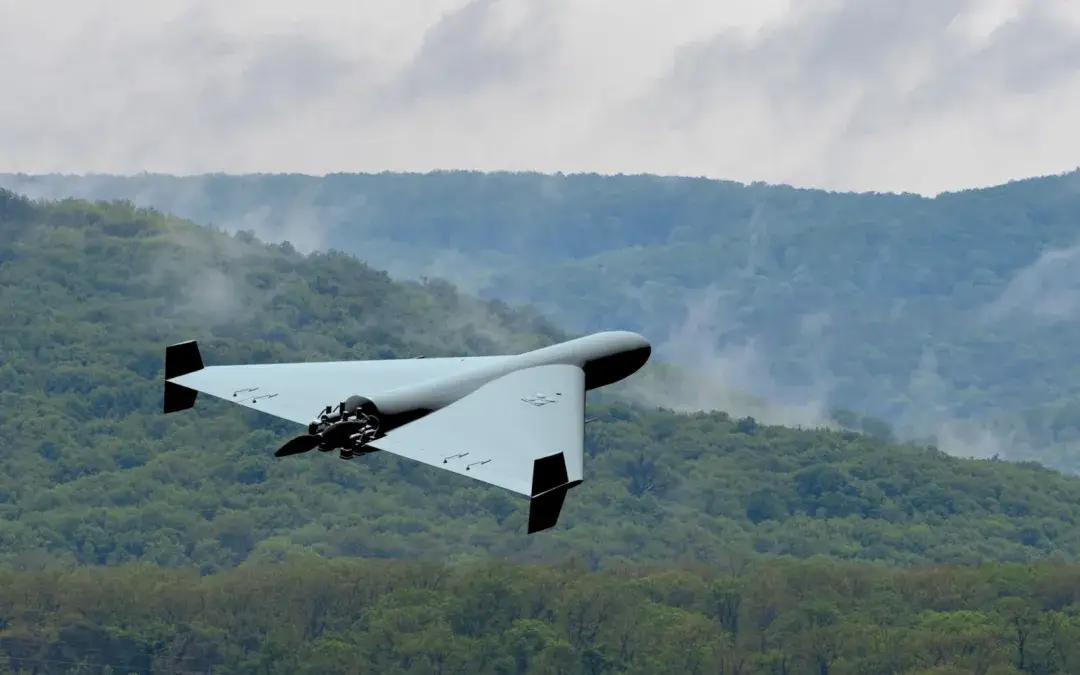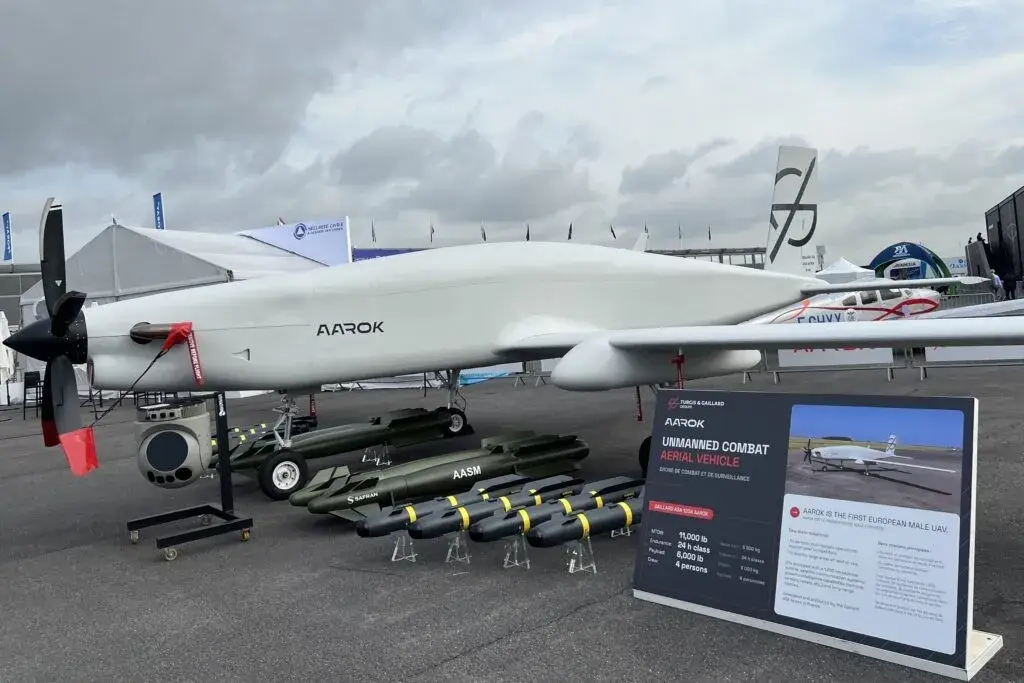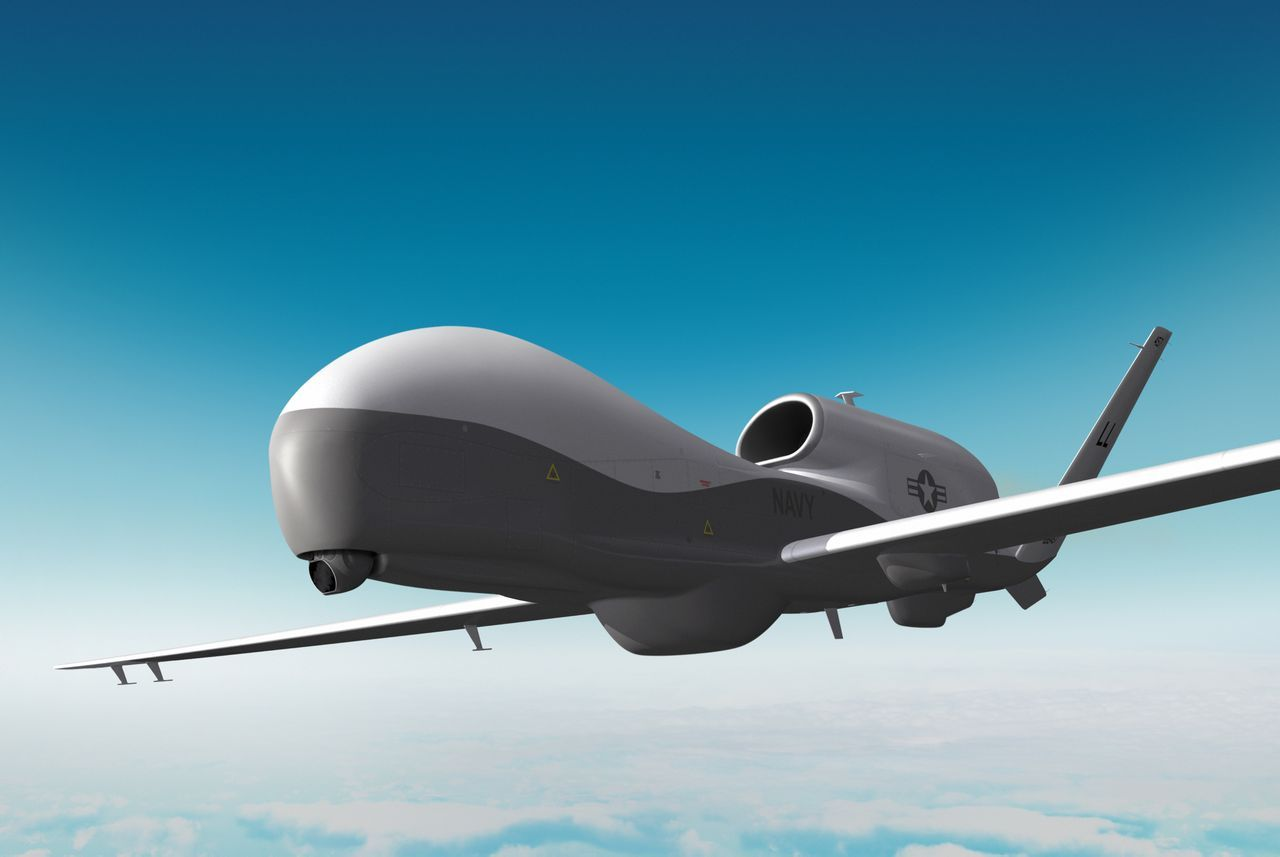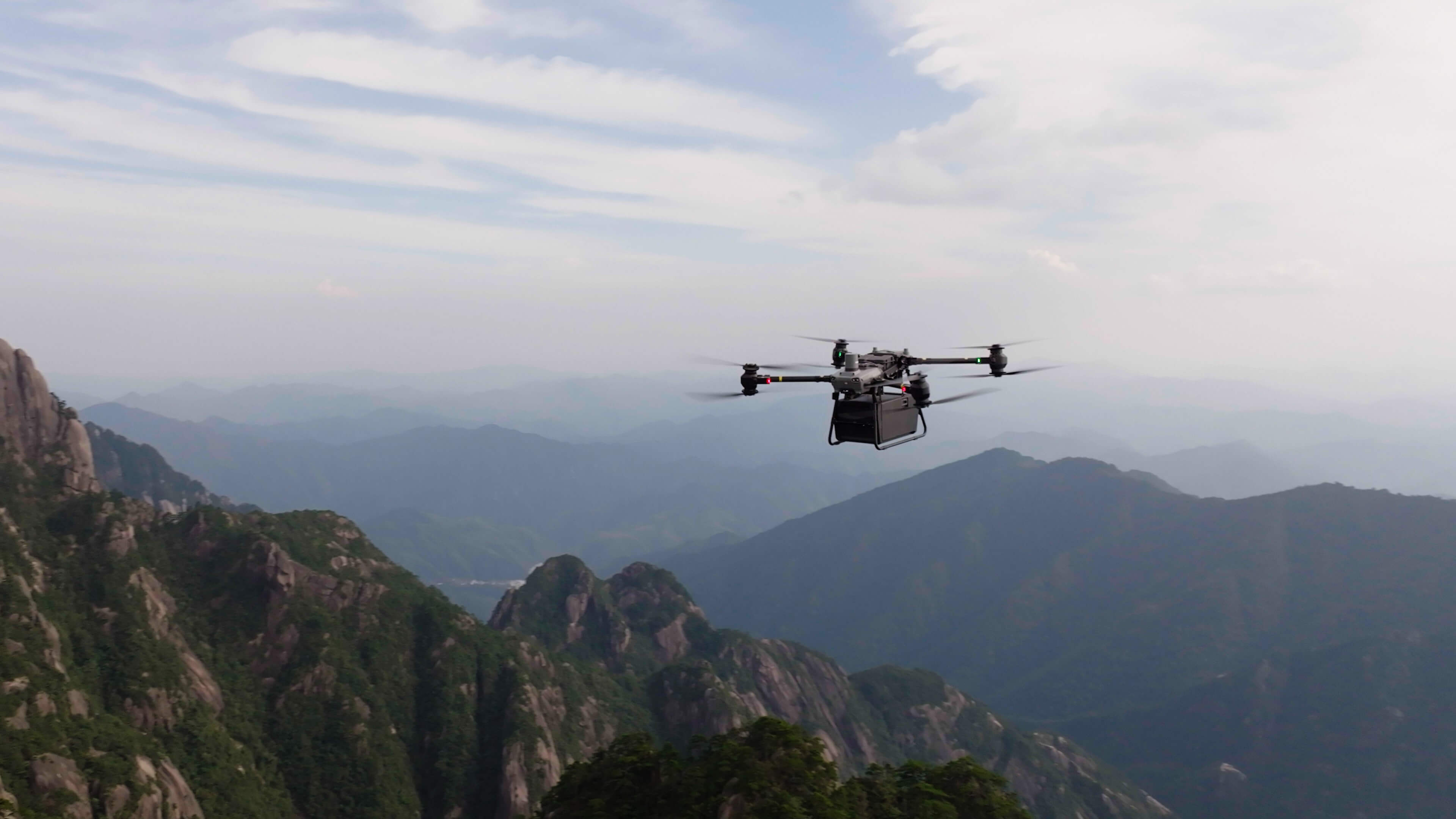The global military drone market is rapidly developing

Global market prosperity
According to an analysis report by Global Data Consulting, the global military drone market is expected to grow at a compound annual growth rate of 4.8% by 2034, with the total market value increasing from the current $12.4 billion to $20 billion by 2034.
By regional distribution, the Asia Pacific region will account for 44.6% of the global military drone market share, leading the way. Analysis indicates that countries in the Asia Pacific region are influenced by the United States and Europe, which has led to a sustained increase in the activity of the military drone market in the region. India is a major importer of military drones, accounting for approximately 20% of the global market. In February of this year, India's contract to purchase 31 MQ-9B Skyguard drones for approximately 3.9 billion US dollars was approved by the US Congress. Japan plans to invest 1 trillion yen (approximately 7 billion US dollars) in the construction of unmanned aerial vehicle (UAV) capabilities from 2023 to 2028, which is 10 times the amount invested in the previous 5 years. Australia has invested 400 million Australian dollars (approximately 270 million US dollars) to develop the first domestically produced MQ-28 "Ghost Bat" drone and build a new production base for the aircraft, which is expected to be put into operation within three years.
The European region will account for 30.2% of the global military drone market share. Inspired by war experience and factors such as a decrease in the number of enlisted personnel, many European countries are accelerating the construction of drone forces. In February of this year, France invested 30 million euros (approximately 32 million US dollars) to purchase 15 sets of micro unmanned aerial vehicle systems. In May, Latvia announced an investment of 20 million euros for the procurement of drones and the construction of related infrastructure. The "European Drone" project, jointly developed by France, Germany, Italy, and Spain, with a total value of approximately 7.1 billion euros, passed preliminary design review in May this year and is expected to begin delivery in 2028.

North America will rank third in the global military drone market. The report points out that the United States has a significant market share in the global export of large and medium-sized unmanned aerial vehicles (UAVs) due to its advantages in strike and communication.
The overall market share in the African region is relatively low, but it is showing good development momentum. Egypt has imported over 260 drones, making it the largest importer of drones in Africa. In February this year, Egypt and Türkiye reached an agreement on the introduction of UAVs, and the future procurement will continue to grow. Nigeria has established a drone command and increased the purchase of domestically produced "Tisagumi" drones to improve the localization rate of drones.
Future development characteristics
With drones becoming an important role in implementing asymmetric warfare, countries are increasingly valuing the construction of drone capabilities. In the future, the development of global military drones will present multiple characteristics.
Focus on enhancing the combat capabilities of large and medium-sized unmanned aerial vehicles. The report shows that with strong combat performance and versatility, mid air long endurance drones occupy over 60% of the market share. The representative large and medium-sized UAVs such as Türkiye Anka and TB2 are widely popular in the international market in recent years. In December 2023, Türkiye's "Anka" -3 stealth UAV successfully flew for the first time, attracting attention from the outside world. The aircraft adopts a tailless wing aerodynamic layout and has good stealth effect. It can fly for 10 hours at an altitude of 10000 meters and can carry the latest SOM-J cruise missiles and large detection equipment, with strong reconnaissance capabilities.
Emphasize the use of bee colony technology to innovate combat methods. In recent local conflicts, a large number of first person micro unmanned aerial vehicles have demonstrated good combat effectiveness. Multiple countries are promoting the innovative application of equipment and seeking to miniaturize and reduce the cost of unmanned aerial vehicles. The United States has proposed multiple unmanned swarm projects, planning to produce and deploy over 1000 "small, intelligent, low-cost" drones within 2 years.
Seeking the effectiveness of manned/unmanned collaborative combat. Against the backdrop of the inability to achieve significant breakthroughs in artificial intelligence technology in the short term, manned/unmanned collaborative combat remains the focus of development for the next 10 years. The mixed formation of manned fighter jets and unmanned aerial vehicles can achieve complementary advantages and exert comprehensive combat effectiveness. The United States has proposed projects such as "Skyburger" and "Collaborative Combat Aircraft", aiming to achieve coordinated combat between 300 F-35 fighter jets and over 1000 drones in future air combat.
Explore the combined combat mode of unmanned systems and cruise missiles. Suicide drones, represented by patrol missiles, will be integrated into other unmanned systems to further expand the control radius of unmanned combat platforms and enhance their reconnaissance and strike capabilities. The Israeli "Rapid Detection Capsule System" is a representative combination of unmanned aerial vehicles and patrol missiles. The system combines the "Skylark" unmanned aerial vehicle with the "Sky Striker" cruise missile to enhance the effectiveness of unmanned autonomous attacks. Estonia's "Themis" unmanned vehicle is a representative combination of unmanned vehicles and cruise missiles. The vehicle enhances the ground forces' ability to destroy key targets at the forefront by launching "Hunter" cruise missiles.
Faced with numerous challenges
Analysis indicates that military drones have vast development potential, but still face risks and challenges.
On the one hand, the development of anti drone capabilities affects the future use of drones. In recent years, the development of anti drone systems has accelerated, and methods such as lasers, high-power microwaves, and electromagnetic interference have been continuously improved, posing a direct threat to drones. The intelligence level of drones is relatively low, with a high dependence on ground remote control systems and poor battlefield adaptability and self-protection capabilities. Once interfered with or hijacked by strong electromagnetic signals, the communication between unmanned aerial vehicles and ground command is easily cut off.
On the other hand, the increase in the number and endurance of drones has led to an increased demand for personnel. The head of Airbus unmanned system training stated that small drones require one operator, large and medium-sized drones require one flight operator and one weapon controller, and drones with a range of more than 30 hours require three groups of personnel to rotate operations. This is different from the idea of some countries hoping to make up for the shortage of troops by using unmanned equipment.





